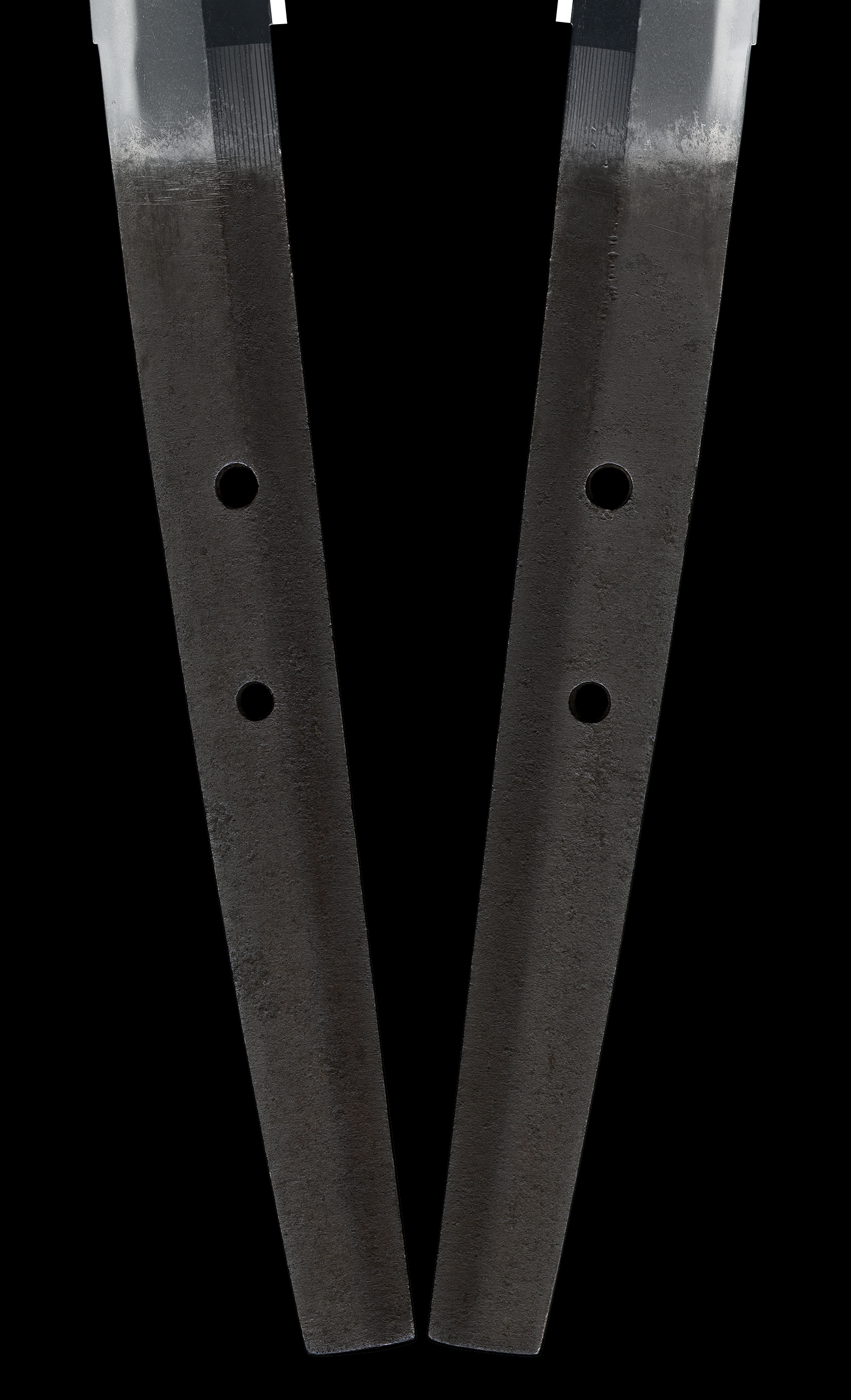Previous answer is
Mumei (attributed to Norifusa)
無銘(伝 則房)
Features: The beauty of the Jigane of this Norifusa sword is unparalleled, with utsuri that is refined and elegant. The Boshi is full, with a dynamic midare and visible Kin-suji. When closely examining the Jigane, one is impressed by the craftsmanship of the swordsmith. Although many swords were produced, including Shōwa-era swords, this Norifusa stands out for its exceptionally clear Jigane and Hamon.
Norifusa is one of the prominent swordsmiths of the mid-Kamakura period, along with Sukezane and Yoshifusa, known for producing flamboyant choji-midare. He later moved to the area of Kataoka and became known as Katayama Ichimonji. Although it was traditionally believed that Katayama was located in Bitchū Province, recent theories suggest it might be near Fukuoka in Bizen Province, pending further investigation.
Norifusa's swords are notable for their strong and clear Jigane, with choji-midare that is somewhat finer compared to Sukezane and Yoshifusa, and often features narrow Ashi in the Hamon. This sword, despite being Suriage, retains a deep curvature and a strong, thick body with a robust hira-niku, embodying the characteristic traits of mid-Kamakura tachi. The vivid utsuri on the Jigane and the well-defined choji-midare Hamon are representative of the Ichimonji school. The bright and clear nioi-guchi, typical of Norifusa, is complemented by a well-preserved Boshi, making this an outstanding example of his work.
From the Tokubetsu Juyo Token Zufu.
=====================================
Appraisal Quiz #809 (August 24th, 2024)
Who made this sword do you think ?
=====================================
Blade Length: 2 shaku 3 sun 1 bu (approximately 70.0 cm or 27.56 in)
Curvature: 6 bu 1 rin (approximately 1.85 cm or 0.73 in)
Mekugi Hole: 1
Width at Base (Motohaba): 3.11 cm (1.22 in)
Width at Yokote: 2.47 cm (0.97 in)
Thickness: 0.76 cm (0.30 in)
Sword Weight: 880 grams (1.94 lbs)
Shape: The blade has a wide body, thick thickness, and strong curvature, with an extended tip, making it a superior example of craftsmanship.
Jigane: Well-forged ko-itame hada, resulting in fine.
Hamon: Nie-deki gunome-midare mixed with ko-gunome-midare, featuring ashi, and a rounded boshi with a return.
=====================================
Answer will be posted at next Appraisal Quiz.
=====================================
(Please acknowledge not replying to mail about Appraisal Quiz by our convenience.)


